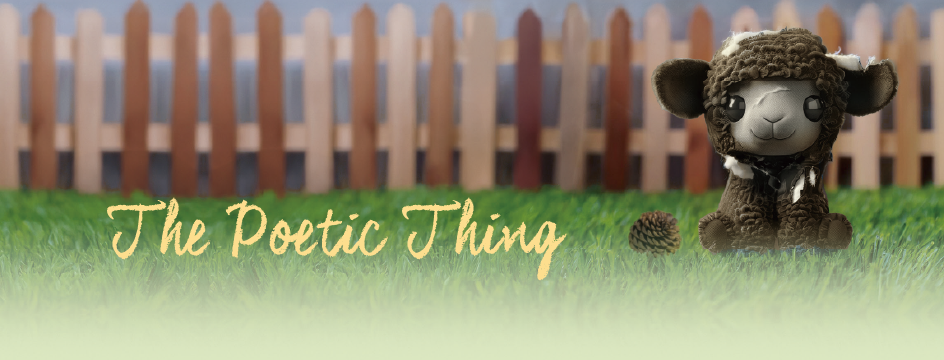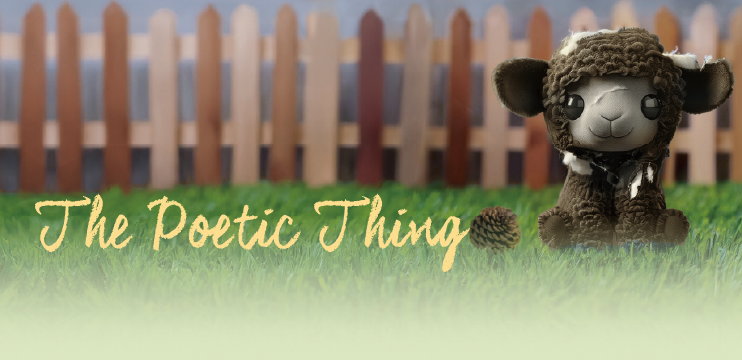

For many, a toy is just a plaything. But for Pablo Neruda, there is an old worn-out toy which provides a deeper attachment—a poetic thing that shaped the Chilean Nobel laureate’s perspective on life and fuelled his passion for writing.
It all began in Neruda’s childhood in Temuco, Chile. One day, while he was playing alone in his backyard, a tiny hand from a hole in the fence caught his eyes. It was a little boy whom he did not know. Before Neruda could react, the boy disappeared, leaving behind a toy sheep as a gift. The toy was not in good shape: the wool had already faded, and the wheels fallen off. Still, in Neruda’s eyes, these imperfections only added to its charm. The wear and tear gave the toy a certain authenticity that made it feel alive. In return, he placed in the same spot one of his treasures—a pinecone full of fragrance and resin—hoping that the little boy would come back and find it.
Neruda never saw the boy again, and the woollen sheep eventually perished in a fire. That brief and wordless exchange, however, stayed with him. In 1954, the 50-year-old poet recalled this encounter in his essay “Childhood and Poetry”, describing how the occasion had opened his eyes to a profound truth about humanity:
To feel the intimacy of brothers is a marvellous thing in life. To feel the love of people whom we love is a fire that feeds our life. But to feel the affection that comes from those whom we do not know, from those unknown to us … that is something still greater and more beautiful because it widens out the boundaries of our being and unites all living things.
This insight ignited within Neruda a flame he referred to as the “poetry light”. He came to see poetry as a way of offering “something resiny, earthlike, and fragrant in exchange for human brotherhood”. Just as he had left his pinecone for a stranger, he left his words for “people in prison, or hunted, or alone”.
This “poetry light” illuminated Neruda’s entire life, never dimming. By the age of 13, he had already started publishing his works in local newspapers. From Twenty Love Poems and a Song of Despair, which explores love and longing with vivid imagery and striking intimacy, to Canto General, a sweeping epic that chronicles Latin America’s history, Neruda’s poetry captures the joy and struggle of human experience. His works resonate deeply with readers, not only for their personal revelations but for their empathy and solidarity, establishing him as one of the most significant voices in 20th century poetry.
In the same year that he wrote “Childhood and Poetry”, Neruda published Elemental Odes (also known as Odes to Common Things), a collection of poems celebrating the basic things in daily life, such as fruit, clothing and furniture. This shift was a deliberate effort to reach out to a wider audience. He explained in the introduction to Elemental Odes: “I wanted to describe many things that had been sung and said over and over again … I had to touch on everything, expressing myself as clearly and freshly as possible.”
With Elemental Odes, Neruda honours the quotidian with reverence usually reserved for the divine, connecting ordinary things to extraordinary themes. In the poem “Ode to a Chestnut on the Ground”, for instance, the chestnut’s fall is not merely a result of gravity, but an act of its own will to embrace its destiny. Biding its time in the soil, it will grow from a seed into another chestnut tree. With just one chestnut, Neruda encapsulates the cycle of life, reminding us that greatness can emerge from even the smallest and humblest beginnings. As the way he transformed ordinary things into “poetic things” touched readers and critics alike, three more volumes were published in the following five years.
Though not all of us have the same talent as Neruda for poetry, we can still learn a comforting truth from his childhood story: while the things we cherish might not last, the memories they leave behind can inspire something enduring and meaningful. Through his words, Neruda has immortalised his beloved toy sheep and the epiphany it sparked, moving readers across generations. As we turn the pages of his poetry, perhaps we may ask ourselves: what is the poetic thing in our lives that gives us inspiration and insight? And how might we, too, find beauty in everyday things?










